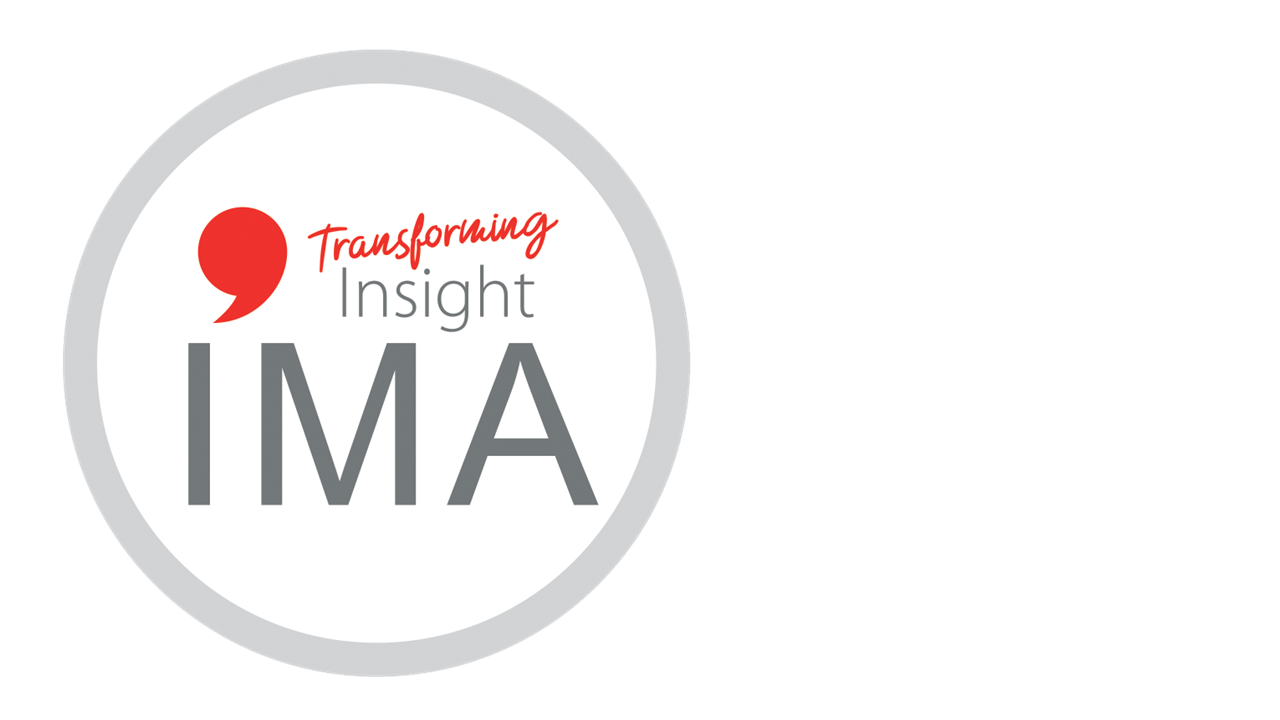
A truly effective Insight team does so much more than generating new Insights by undertaking new projects and analysis.
Indeed, much of the Insight that a team can generate comes from their accumulated knowledge and understanding achieved over many years. And key to this is having a complete approach to building that knowledge asset.
The view taken by the IMA is that it involves four elements:
- Recording of information and core insights
- Curation of that knowledge to build truly meaningful and complete pictures
- A culture of fully understanding customers and markets, and a desire to share knowledge in a way that facilitates this
- Systems to optimise the whole process of building and sharing that knowledge.
We have explored the first three in previous articles (click the links above to read), but the question of what kind of system is needed is a thorny one. For some it means an advanced knowledge management IT solution that provides common access and search facilities to make knowledge easily accessible and useable. But a knowledge system can be as basic as an agreed area to store material along with standards for structuring the knowledge created and cataloguing what is there (e.g. in a spreadsheet).
Whether you spend a fortune on an all-singing, all-dancing solution, or next to nothing on something based purely on what is to hand, how do you ensure that your knowledge system is fit for purpose? To gain an understanding of this, there are three key areas of focus
- Who is it intended for?
- What is it designed to achieve?
- Does it actually get used?
Who is it for?
First and foremost, any system has to be used by the Insight team themselves. Not just a few, but all of them. In line with getting the culture right, it must become something that all members of the team feel they own and are therefore prepared to invest time in working with to make sure that it is up to date and its contents are comprehensive.
The second group of users could be selected stakeholders for whom Insight is important, and where access to the store of knowledge is a genuine help in their role, and by having access it makes less demands upon the team. This group could include suppliers.
The third group, and this where it does demand a more advanced IT solution, is a much broader group of people across the business – potentially everyone within the business. For this wider group it has to be something highly attractive and easy to use as their intrinsic understanding of Insight and its uses may be low, but at the same time useful and therefore likely to draw them back and therefore leveraging the knowledge base ever more.
What is it for?
There has to be a clear purpose in mind for each of the potential user groups. For the team, it should be the first port of call on any new issue – the place to turn for context and existing knowledge to answer the current questions. Only if there are then clear gaps in the knowledge needed do you initiate a new Insight project.
For a small, selected group of external stakeholders, the uses may be for answering regular, more routine questions which don’t demand the intervention of the Insight team. Or it could act as a catalyst for underpinning specific activities such as proposition development.
If the audience is wider then you need to be clear what you hope to achieve. Many will pay lip-service to the idea of making the business more customer-centric, and bringing the customer to the heart of all decision making – but what does that actually mean in practice, and what is it that system must deliver to make individuals think to use it before making key decisions?
Does it get used?
The only way to know if a system is fulfilling its purpose, reaching the audiences it is supposed to serve, and achieving the objectives set for it, it is monitor or ask.
Is it just a select few who actually use the system? Or do people only use it for certain activities but ignore it at other times?
Some of the advanced systems give comprehensive usage stats, and just like a website, can tell you about click throughs, most interesting topics, user profiles etc. But what about more basic systems? And what about the people who don’t use it? Why not?
As volumes of information increase, and the value that can drive grows, the area of knowledge systems is only going to become more important. And with the costs of some advanced systems being very high they have to prove their worth.
Work done by the IMA in 2014, drawing upon the experience of those setting up electronic libraries such as those supporting the scientists working at CERN, uncovered a whole raft of factors from initial concept, to content, to user support and trust that determine whether a system is a success.
In essence, if your Insight knowledge system is fit for purpose, then it will be used by the intended audiences, for the purposes it was intended, and used regularly. If it fails any of these tests, then it may not be fit for purpose and will require attention.
How the IMA can support your Insight team
If you would like to find out more about how you can improve your team's capability to manage Insight Knowledge, our best practice report on this topic provides detailed guidance.
We are interested in working with our community of Insight leaders to develop a new Insight Knowledge Systems Benchmark with the aim of understanding and improving the effectiveness of their Insight knowledge systems. If you have a knowledge system, be it an advanced IT solution or very basic one based on available resources, and you would like understand how effective that system really is, please contact us.
